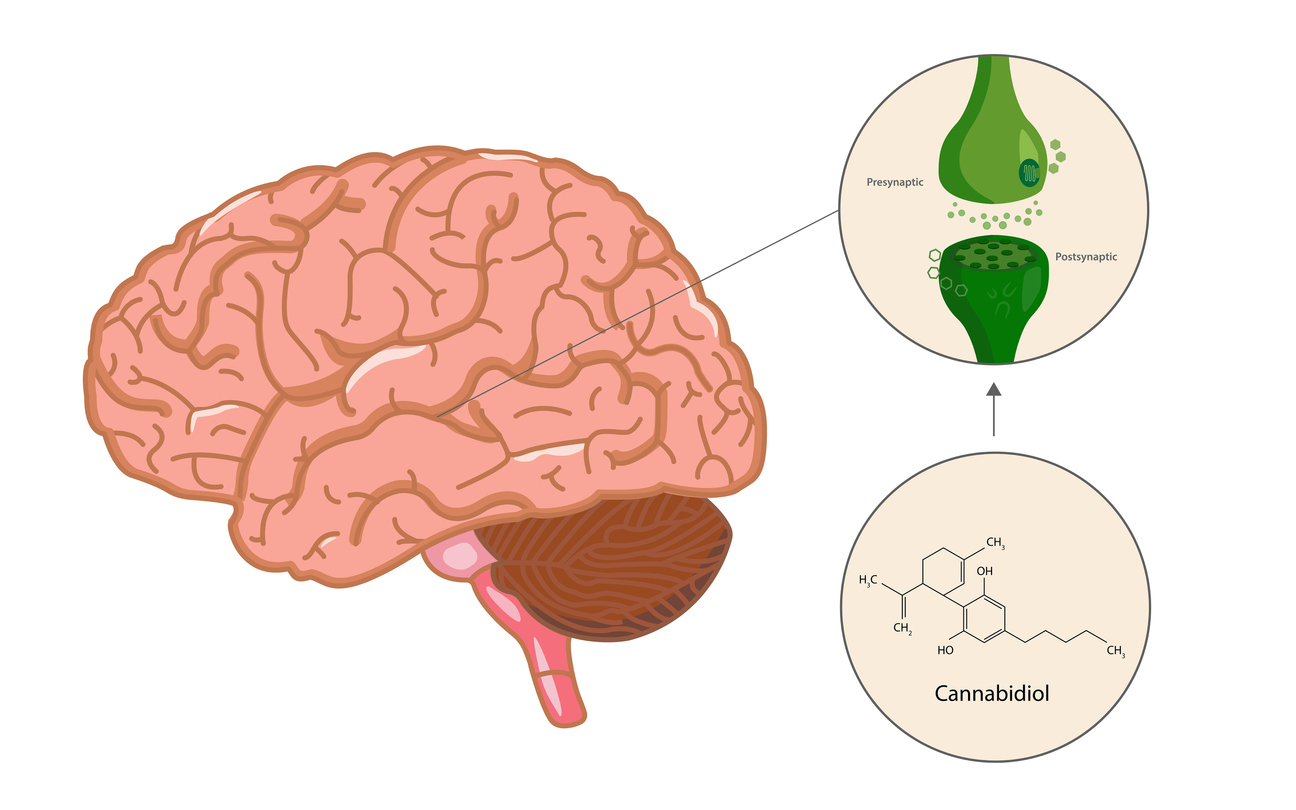One out of every three adults has high blood pressure in the United States. Unfortunately, high blood pressure often goes undetected until serious health issues arise. That’s why high blood pressure, also called hypertension, is often referred to as the “silent killer.” The best way to prevent high blood pressure is through healthy diet and exercise, and becoming aware of the risk factors, such as pre-existing health conditions, family history of high blood pressure, age, diet, and drug and alcohol use. Treatment may involve a change in diet and exercise, as well as hypertensive medication. Let’s look at three common myths surrounding high blood pressure.
Red wine contains the antioxidant resveratrol, which is believed to be a good type of cholesterol that discourages artery damage, reports the Mayo Clinic. While one glass of red wine once in a while may be good for the heart, alcohol always carries the risk of dependence, and excess alcohol consumption can damage the body. Unfortunately, the positive effects of resveratrol do not last long after consumption, so long-term benefits have not yet been established. High alcohol consumption is a risk factor for high blood pressure.
Myth #2: Salt Is the Only Source of Sodium You Need to Worry About.
A diet high in sodium is a key contributor to high blood pressure. The FDA recommends no more than 2,300 mg per day, though many Americans far exceed this intake. While we often think of sodium as table salt, more than 75 percent of sodium in the average American diet comes from processed foods, describes the AHA. Some common sources of high sodium content include canned sauces, packaged mixes, soups, and condiments. You can monitor your sodium intake by tracking sodium content on the Nutrition Facts labels on foods.
Myth #3: Asymptomatic High Blood Pressure Is Not a Big Deal.
Sometimes, the symptoms of high blood pressure go unnoticed. However, this does not mean high blood pressure is not causing damage to your heart and arteries. Since around one in five people do not know they have blood pressure, these people are at an increased risk for health problems, especially stroke and heart attack.
When Was the Last Time You Checked Your Blood Pressure?
By 2030, more than 40 percent of U.S. adults are expected to have high blood pressure. In 2010, an average of 1,000 people died daily due to high blood pressure. 120/80 mmHg or below is a normal blood pressure reading for an adult. If you know your blood pressure is significantly above that mark, it’s time to see a doctor and take preventative measures to lower your blood pressure now.
If you haven’t checked your blood pressure recently, your body could be a ticking time bomb of serious health problems, including higher risk for stroke. In this infographic, “What You Don’t Know Might Kill You: Everything You Need to Know About Blood Pressure,” developed by Carrington College, you will learn more about how blood pressure affects your body and what you can do about it.
Infographic by Carrington College.






